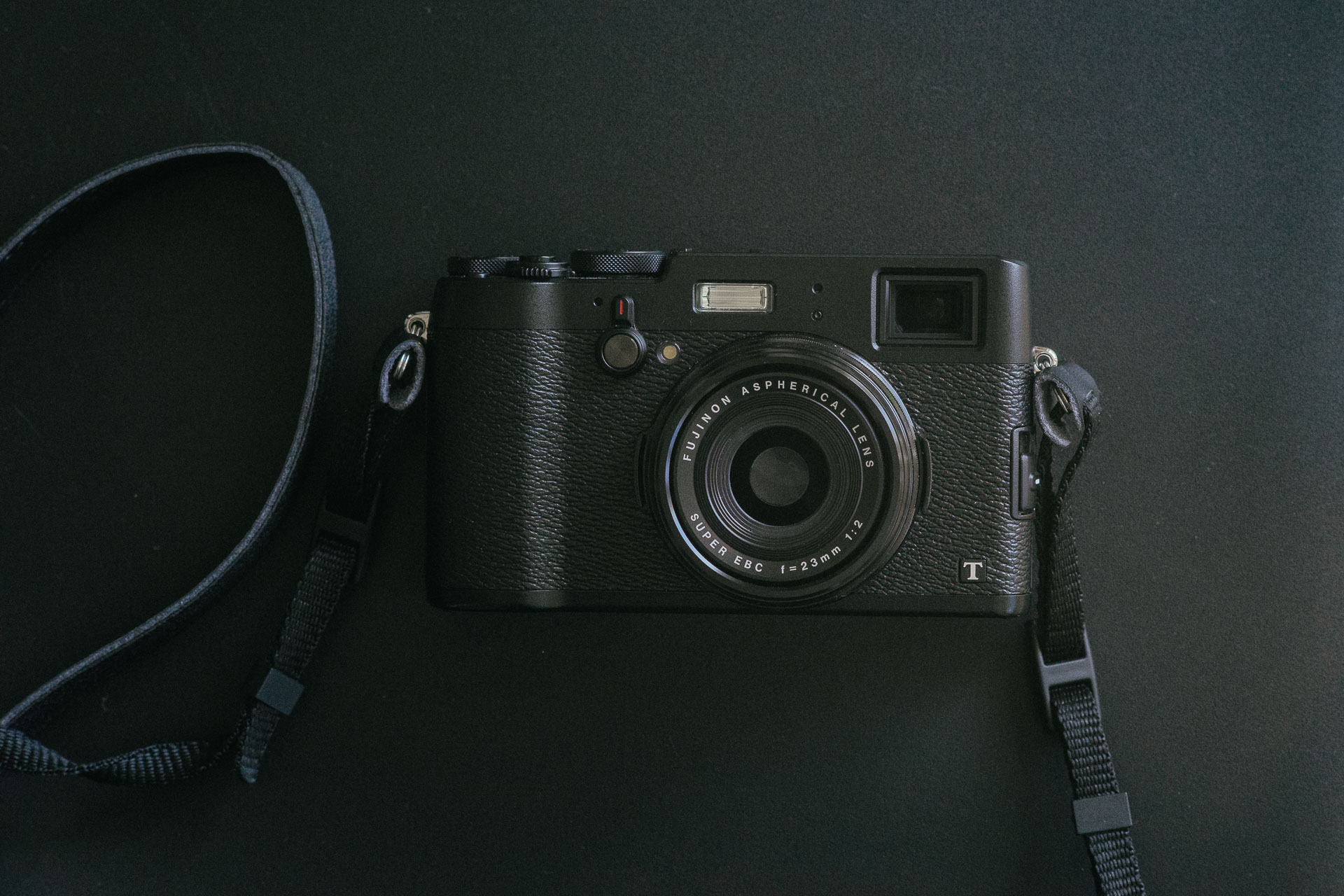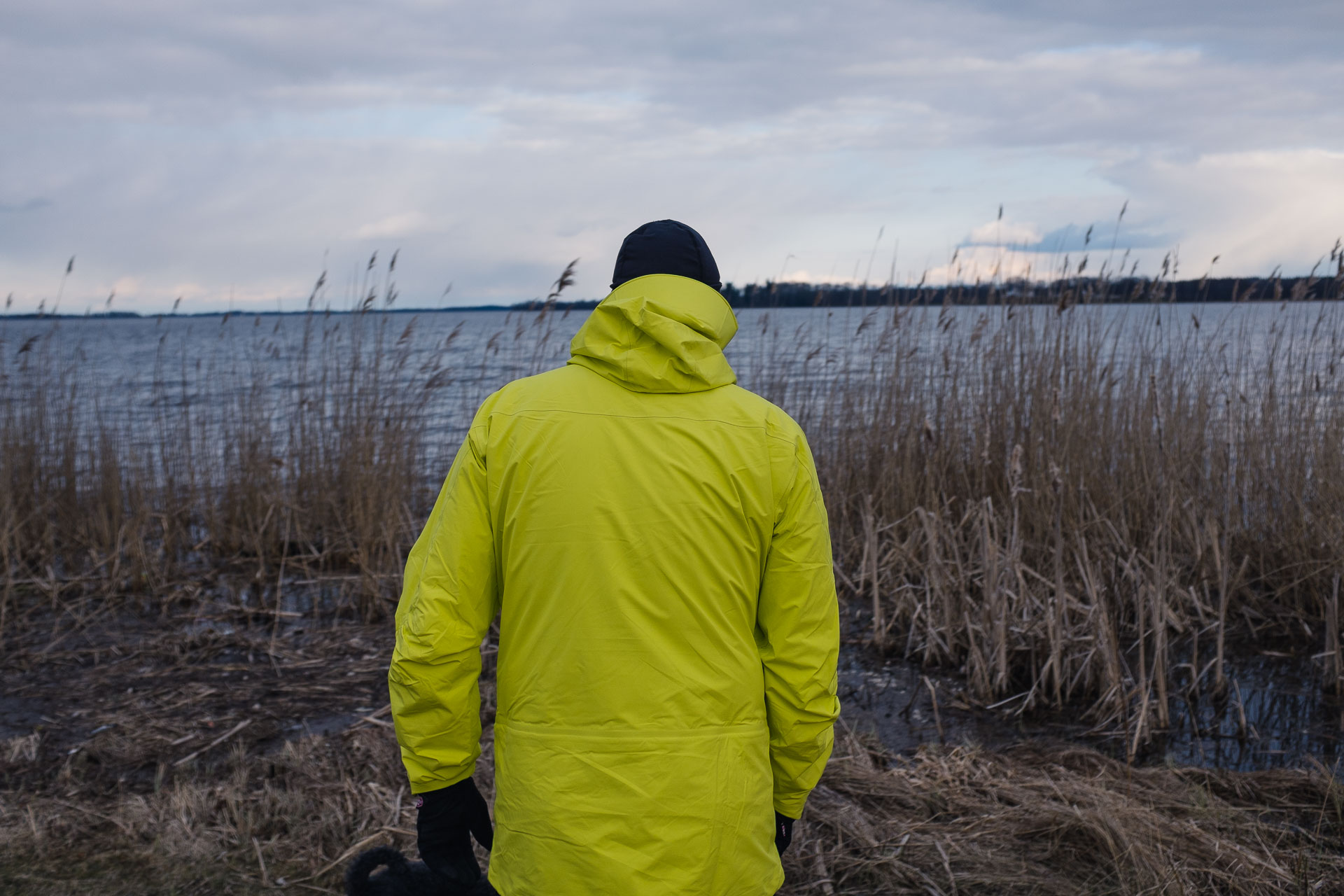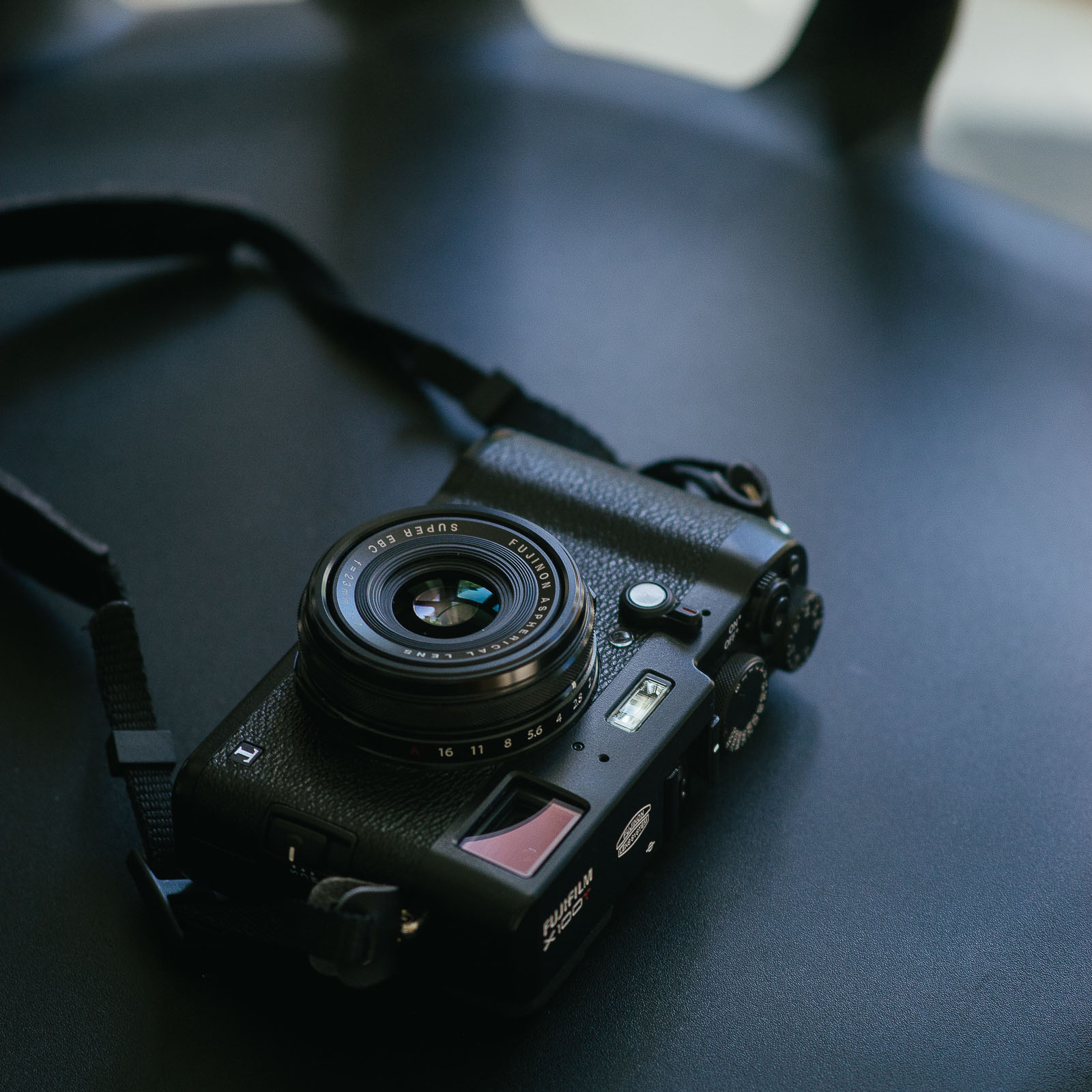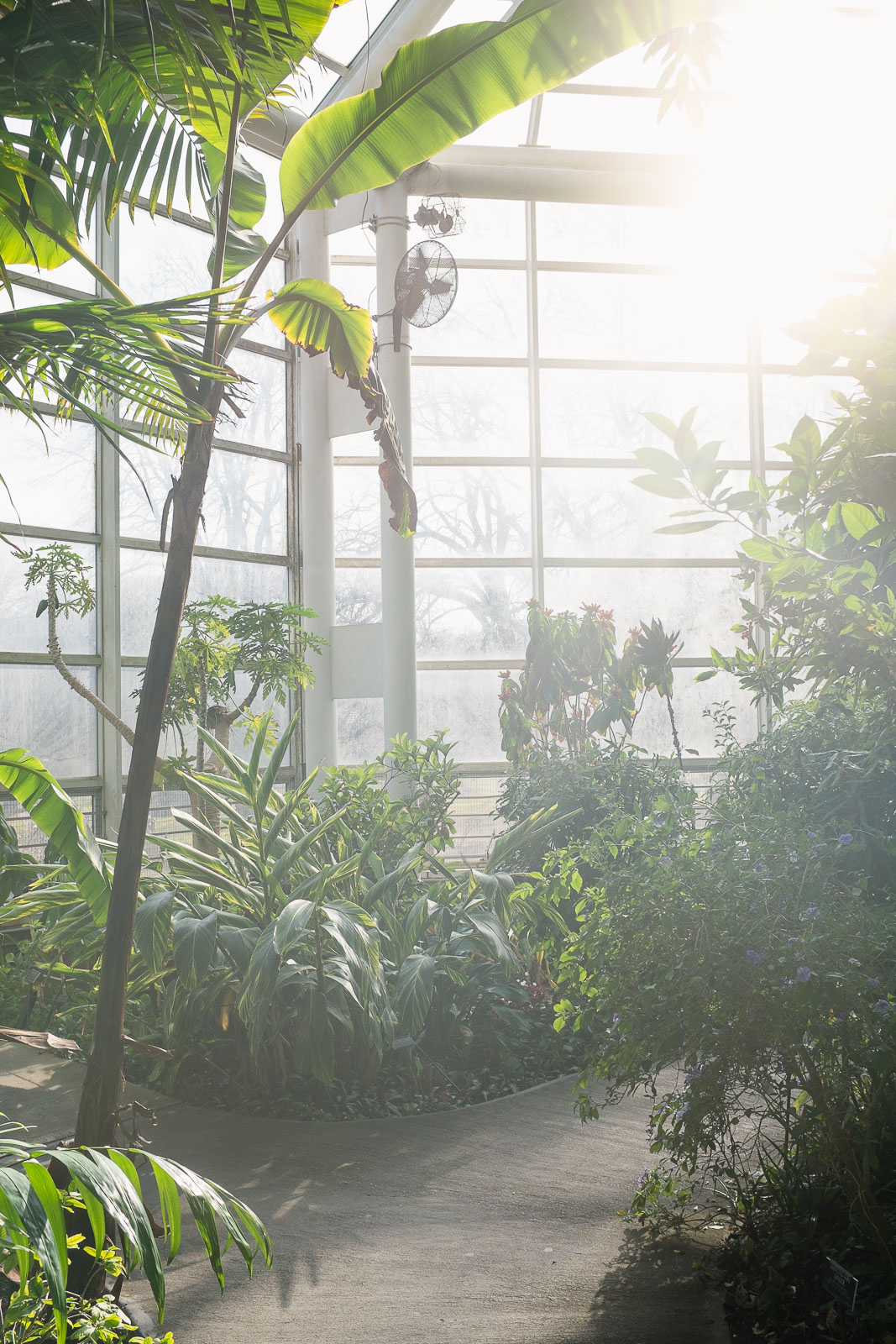
It’s hard to imagine the X100T without considering the Kaizen methodology of continuous improvements. Building upon its predecessors; the X100T is the latest addition to the X100 line. It supersedes the X100S and original X100, released in 2013 and 2011 respectively. The T and S are more similar than they are different, and both inherit most features, handling and look from their common ancestor. At first glance the new T seems almost irrelevant.

With any product line where improvements are introduced on a semi regular basis, it’s easy to lose track of the here and now. Best bang for the buck is usually found in the outgoing model, offering almost everything the new model has but at a reduced price. The ever present promise of an even better version possibly to be released in the near future can also have a blinding effect.
This is especially true for the X100T. The additional functionality it offers over the S looks rather minor on paper. The lens is still unchanged, as is most other key specifications. The 16MP sensor spec is starting to look conservative and perhaps even dated. But simply examining specs is rarely a good indication of how a camera works in practice. The fact is that each new generation of the X100 line so far has represented a huge leap in shooting experience. That was true with the S, and it’s equally true with the T, despite the even more similar specifications.

I owned the X100S for a few months during last year, while my Leica M9 was away for repairs (cracked sensor). There were many things I quite enjoyed with the S. The combination of fantastic shooting experience, moderate size & weight, proper viewfinder and practical low light performance made for a compelling camera to shoot. It felt far more alert and usable than the original X100 I had tried briefly a few years earlier.
However issues with RAW file detail rendition in the then current version of Lightroom, as well as spotty auto focus accuracy in optical viewfinder mode* prevented me from completely bonding with the camera. As soon as I got the M9 back, I decided to sell the S.
* I would often find that focus had locked on the background instead of where I intended. I’m still not sure if it was down to parallax issues, software choices or user error. I tried a huge variety of settings but could never find a way to get consistent results.

Rather quickly after selling the camera I started missing the combination of features it offered. Updates to Lightroom’s X-Trans rendering shifted my X100S files from looking not-quite-right into really-quite-nice territory. The updated viewfinder of the recently released version T piqued my interest.
The X100T retains everything that made its predecessors so appealing – the perfect size, great choice of focal length with a fairly fast aperture, dedicated dials for aperture and shutter speed. But adds a few tweaks, making the camera feel transformed.

While it looks very similar to its two predecessors it's not identical as many sources describe. The new camera has a more refined design with a smoother, less cluttered look. To me it feels more confident than the Leica M4 copy cat expression of the previous models.
The rear panel has been completely redesigned with improved ergonomics as well as better button placement and feel. The rear screen is larger and has higher resolution – something especially welcome in playback mode; it's now easier to judge sharpness. Some additional customization options have been added and really makes a difference – the possibility to customize the Q-menu as well as an option to use the four way controller for direct movement of the focusing point makes it quicker to work with the camera.
The aperture dial now has third stops. It still turns the wrong way from what I'm used to, but at least there's enough granularity in control. Useful since there's a big difference in definition moving between f/2 and f/2.8, but when the light is low you often don't want to stop down a full stop.
At the heart of the X100 series is the hybrid optical/electronic viewfinder. It’s a truly stand out feature and a big part of what makes the cameras so appealing to shoot. With the improvements in the T the viewfinder is better than ever and for me they’ve solved the accuracy issues I had with the predecessor.

The viewfinder of the T retains the pure optical mode offering an uncluttered view of the scene with customisable shooting information overlaid in white. The EVF mode remains as well – processing/software improvements has made it even more fluid and smooth.
The new addition is the incorporation of an intermediate mode with a small EVF overlay in the bottom right corner of the OVF view. The default is to display a direct feed centre crop from the sensor in the small overlay. In practice it means you get a good way of ensuring that your focus point is at the expected place in the frame, to gauge exposure, depth of field and so on, without going in to the pure EVF mode.

These numerous, but seemingly small additions have changed my experience of the camera compared to it’s predecessor radically. From theoretically great but slightly frustrating in practice – to a camera I can shoot with confidence in a huge number of situations.
My sole reservation towards the T is that I do feel that image quality falls slightly shorter than it should, considering the sensor size and price of the camera. Colour rendition is fantastic and high ISO performance is at impressive levels. Resolving power is slightly lacking however. It looks to me like a combination of the known trade-offs of the X-Trans sensor array** and a priority of size over performance with regards to the lens design. The practical effects are that for some subjects the rendering can appear a bit flat. Print size for detail rich images also becomes limited, at times to fairly moderate sizes. It’s well beyond good enough for most uses however.
** Slightly better high ISO performance at the expense of compromised detail rendition at low ISO compared to the conventional Bayer array.
The overall rendering of the lens is also quite pleasant with a classical touch. I’d call the overall performance very good but not quite up to the excellent, benchmark standards in the field – e.g. the Sony RX1, Ricoh GR, Coolpix A. It shines at distances around 1–2 meters. The rendering reminds me a bit of the Summicron-C 40/2, the Voigtländer 35/2.5 and a number of other lenses where similar priority has been given to compactness. Like those lenses the T has some issues with flare but since live view is always available it's easy avoid or incorporate into the shot.


The good high ISO performance*** combined with the fairly fast lens and extremely smooth shutter movement makes the T useable even in very low light. In practice I’ve been able to get very useable results in any situation I’ve encountered, even very challenging ones. I’d peg the practical performance at about a stop and a half better than the Leica M9 and on par with the Sony A7 with a comparable lens (i.e. a 35/2).
*** Note however that the ISO is slightly inflated on all X-Trans sensors, leading to looking even better in direct comparison than what is actually correct.

It’s easy to loose perspective dissecting the X100T. Either by placing emphasis on nitty gritty technical details. Or by comparing it at length to it’s predecessors and speculating about its inevitable successor. Considering the broader view however, the X100T truly is a fantastic camera. It does everything I personally want and enjoy. It even does all these things while being more enjoyable to shoot, with less fuss and at times even better results than cameras that look far more competent on paper. One that could be my sole companion, if forced to choose – a truly inspiring tool.
All photos in this post were taken using the Fuji X100T. Exif-data is intact. Open any image in a new window for a closer look.